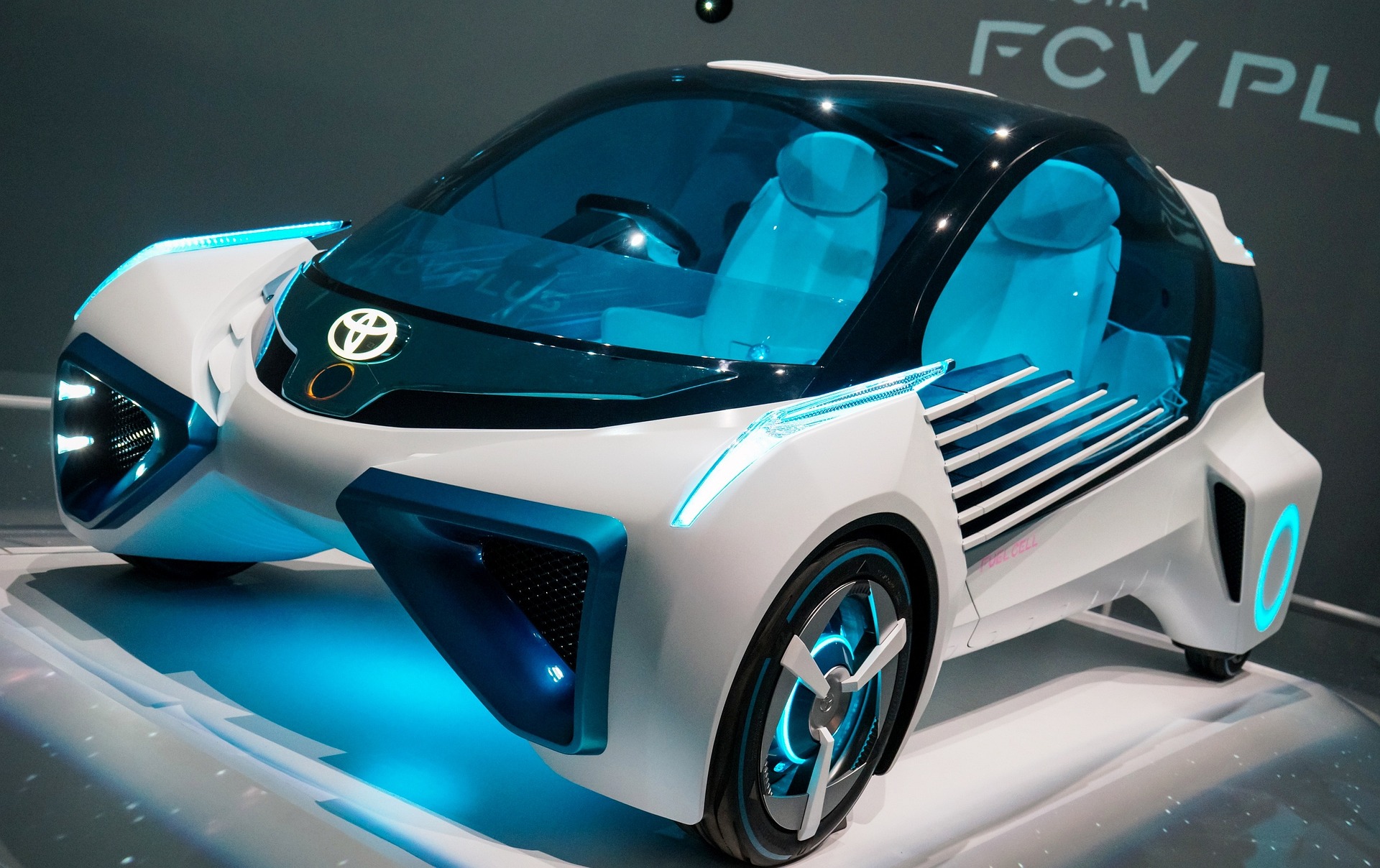Hydrogen fuel cell vehicles (FCVs) are a type of zero-emission vehicle that generate electricity on board by combining hydrogen stored in a fuel tank with oxygen from the air in a fuel cell. This process produces electricity that powers the vehicle’s electric motor, and the only by-product is water vapor.
The use of hydrogen as a fuel source for transportation has the potential to reduce greenhouse gas emissions and dependence on fossil fuels. However, the infrastructure for hydrogen fuel distribution is currently not as well-developed as that for gasoline and other fossil fuels. In addition, the cost of producing hydrogen fuel and building fuel cell vehicles is currently higher than that of traditional gasoline vehicles.
Despite these challenges, many major automakers are investing in the development of hydrogen fuel cell technology and plan to introduce FCVs in the coming years. Some governments and organizations are also providing funding and incentives to encourage the development and deployment of FCVs.
It is expected that the market for hydrogen vehicles will grow significantly in next decade with technologies for production, storage and distribution getting better and more affordable, But it still remains to be seen how much of a role hydrogen fuel cell vehicles will play in the overall global transportation mix.
Table of Contents
How is Hydrogen produced?
There are several ways to produce hydrogen, but the most common methods used today are:
- Steam methane reforming (SMR): This process involves reacting methane (natural gas) with steam to produce hydrogen and carbon dioxide. This is currently the most widely used method for hydrogen production.
- Electrolysis: This process uses electricity to split water into hydrogen and oxygen. The hydrogen produced through electrolysis can come from renewable sources like solar, wind, hydro or other forms of clean energy. This is currently more expensive than steam methane reforming but it is also considered as a cleaner and more sustainable alternative.
- Biomass Gasification: This process involves heating biomass (organic material such as wood, crops or waste) in the absence of oxygen to produce a mixture of gases, including hydrogen.
- Coal Gasification: This process involves heating coal in the absence of oxygen to produce a mixture of gases, including hydrogen.
- Photoelectrochemical water splitting: This process uses photovoltaic cells and a semiconductor to absorb sunlight and convert it into electricity, which is then used to split water into hydrogen and oxygen.
It’s important to note that hydrogen can also be obtained as a by-product of certain industrial processes, such as oil refining, but these are not primary hydrogen production methods.
How Water Powered Cars Work: The Truth Behind Hydrogen-Powered Vehicles
Imagine driving a car that spits out nothing but water vapor. The idea of a water powered cars sound…
AMD Focuses on Automotive Industry Servicing
AMD is making significant strides in catering to the automotive industry, and they didn’t wait…
Flying Cars are No Longer Sci-Fi: Robotaxis Take Off in China Too
In a groundbreaking leap towards the future, China welcomes the arrival of the robotaxi, an electric…


